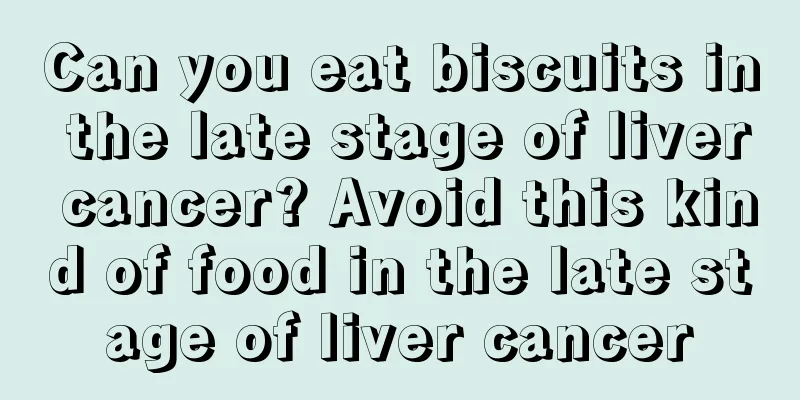Here's what you need to know about trisomy syndrome

|
Trisomy syndrome is a very common chromosomal disease in children, which is more common in children born to older mothers. It is also known as congenital idiocy syndrome in medicine. Due to the severity of the disease, many fetuses will die prematurely, so people need to have a certain understanding of this disease. The clinical manifestations of trisomy syndrome are joint curvature, wide eye distance, slow bone age development and short stature. Therefore, when parents find that their children have these symptoms, they need to seek medical treatment in time to avoid missing the best treatment period and help their children recover their health as soon as possible. 1. Trisomy Down syndrome (also known as congenital idiocy or Down syndrome) is an autosomal abnormality and is the most common chromosomal disease in children. The incidence rate in living babies is about 1/(600-800). The older the mother is, the higher the incidence rate of the disease. 60% of the children died or were miscarried in the early fetal period. 2. Clinical manifestations The main characteristics of children with trisomy 21 are mental retardation, physical developmental delay and special facial features. The children have wide-set eyes, flat nose, small palpebral fissures, upward slanting eyes, epicanthus, small external ears, narrow hard palate, tongue that often sticks out of the mouth, and excessive drooling; they are short in stature, with a smaller-than-normal head circumference, bone age that often lags behind age, delayed and often misplaced teeth; their hair is fine and sparse; their limbs are short, and due to loose ligaments, the joints can bend excessively; their fingers are short and thick, and the little fingers are bent inwards. The skin texture characteristics include: a straight hand; increased creases on the 4th and 5th fingers; an arched pattern on the tibial side of the big toe and only one crease on the 5th finger. Children with the disorder have distinctive facial features at birth and often have eating problems and feeding difficulties. As they grow older, their mental retardation becomes increasingly apparent, and their motor and sexual development are delayed. About 30% of children have other malformations such as congenital heart disease. Due to low immune function, they are susceptible to various infections and the incidence of leukemia increases by 10 to 30 times. If they survive into adulthood, symptoms of Alzheimer's disease often appear after age 30. |
<<: What are the benefits of Zhiling Capsules
>>: What diseases can Kejing Capsule cure
Recommend
What diseases can't be prevented by condoms?
Diseases that condoms cannot prevent include geni...
What are the benefits of drinking dried apricots soaked in water
I wonder if you have ever heard of drinking dried...
What should I do if my teeth are damaged and turned black
Teeth are very important to people. Healthy teeth...
The effect of sodium ferulate injection
People with cerebrovascular diseases should pay s...
How to relieve abdominal distension caused by liver cancer? Mainly treated with drugs
Liver cancer is a very common disease that poses ...
What medicine treats gallbladder cancer
Gallbladder cancer is divided into primary gallbl...
What to do if you suffer from altitude sickness and insomnia
In modern society, people's quality of life i...
Is the cure rate of papillary thyroid cancer high?
Some patients with papillary thyroid cancer want ...
What is the reason for stomachache when getting up in the morning
Stomach pain may actually be caused by a variety ...
What factors are related to the cause of chronic pancreatic cancer?
The causes of pancreatic cancer are related to sm...
Where is the mastoid area?
When mentioning the term mastoid, many people may...
Will using hair removal cream cause body odor?
Many female friends who love beauty will use depi...
How to observe the changes in lung cancer? Three points to pay attention to when caring for lung cancer at home
With the accelerated pace of people's lives a...
What does thyroid mass occupying mean
Thyroid mass is a professional term in medicine, ...
I don't know what kind of fruit fire is. So this is what it's about
Recently, it has been circulated on the Internet ...









